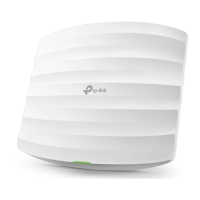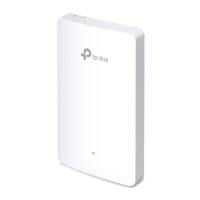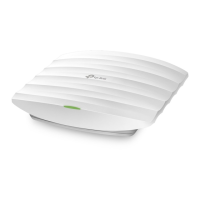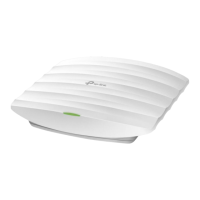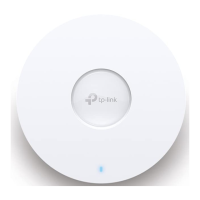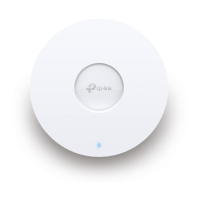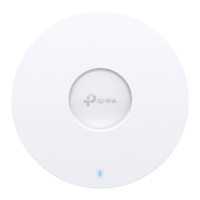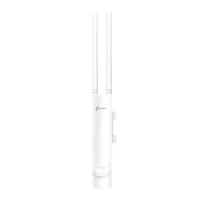43
Redirect With this function configured, the newly authenticated client will
be redirected to the specific URL.
Redirect URL With Redirect enabled, you also need to enter the URL in this
field. The newly authenticated client will be redirected to this URL.
Portal Customization Configure the authentication page. There are two options: Local
Web Portal and External Web Portal.
• Local Web Portal
Enter the title and term of use in the two boxes. The EAP uses its
built-in web server to provide this authentication page for clients.
To pass the authentication, clients need to provide the correct
username and password in the Username and Password fields,
check the box of I accept the Term of Use and click the Login
button.
• External Web Portal
With External Web Portal configured, the authentication page
will be provided by the web portal server built on the network.
To configure External Web Portal, you need to complete the
following configurations:
1. Build an external web portal server on your network and make
sure that it is reachable by the EAP.
2. On this configuration page, enter the URL of the authentication
page provided by the external portal server.
3. Add the external web portal server to the Free Authentication
Policy list. In this way, clients can access the web portal server
before authenticated. For details about how to configure
Free Authentication Policy, refer to
Configure Free
Authentication Policy
.
4. Click Save.
Configure Free Authentication Policy
Free Authentication Policy allows some specific clients to access the specific network
resources without authentication. For example, you can set a free authentication policy
to allow clients to visit the external web portal server before authenticated. In this way,

